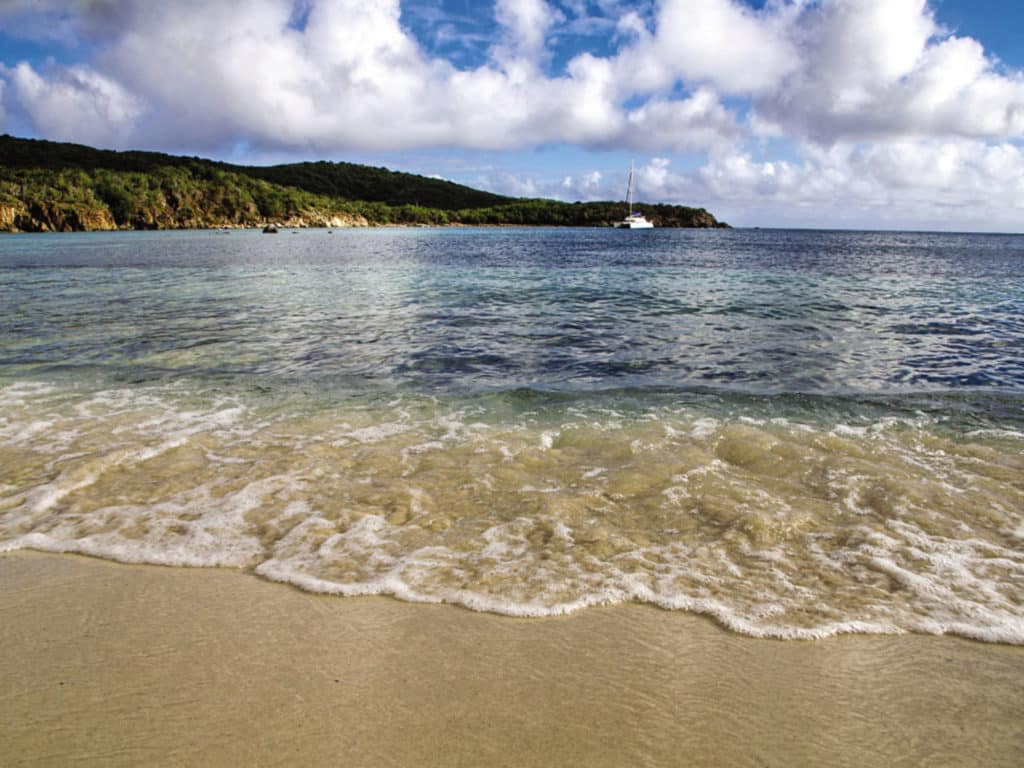
Good news: As this issue goes to print, almost every country touching the Caribbean welcomes arrivals by sea. Optimism swells for cruising the islands in 2022, following the challenges, closures and uncertainty of the past two winters.
It won’t be exactly the same, however, as pre-pandemic cruising. There are new rules to follow and new fees to pay. These will influence seasonal planning and likely affect the routes of many cruisers. But they’re surmountable, and unlikely to be permanent fixtures. Rather, they’re just steps along the path to the other side of the pandemic. Meanwhile, warm clear waters invite swimming, waterfall hikes beckon exploring, and that ti’ punch will still have a delicious bite! For those who go, here are the trends we anticipate this season.
Greater Due Diligence
More than ever, it is essential to research entry processes in advance. Pandemic realities have introduced strict new protocols and fines for transgressions. Every country has specific requirements, and no two are the same. Do you need to bring a negative COVID-19 test from your prior port? Which COVID tests are acceptable, PCR or antigen? How many days is a test valid? Is proof of health insurance covering a COVID-related illness required? Will there be quarantine time? Sometimes tests will need to be repeated in-country to complete clearance.

If that sounds intimidating, don’t be put off: Caribbean cruising in 2022 just requires some advance homework and a check for updates before departure.
The best place for at-a-glance updates on the region is Noonsite’s global update page (noonsite.com) for COVID. Local contacts help them stay current, and each country has a timeline of changes during the pandemic. With past behavior to draw upon, it’s easier to feel comfortable with how a given island might respond in the future. Noonsite also lists links to government websites and health authorities. It is best to confirm information with these primary sources.
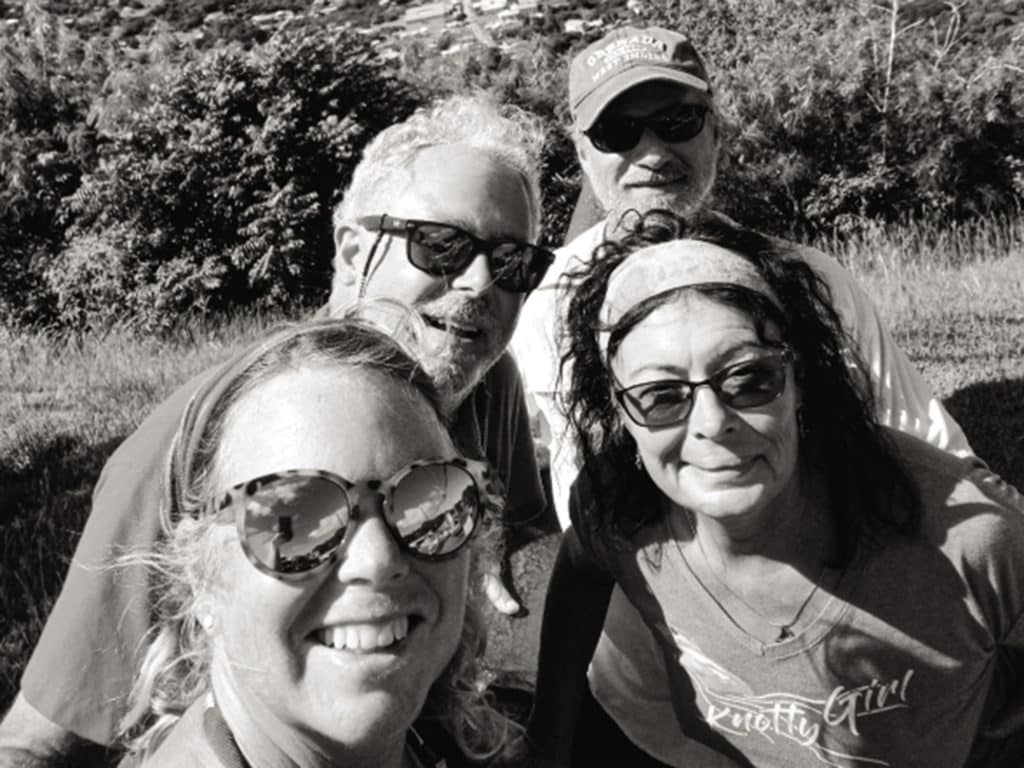
Still overwhelmed or worried that published info is dated? Noonsite’s editor Sue Richards says, “Just email us!” She’s helped countless individual boats connect with the latest information.
Costlier Clearance
Expect to pay more to sail between islands in the Caribbean this year. Out of 32 Caribbean destinations open for arrivals as we go to print, advance COVID tests are overwhelmingly required. The cost of testing ranges from around $50 to $150 per person. This can add up meaningfully: A hypothetical family of four on a typical route from Florida, through the Bahamas, passing through Puerto Rico, the British Virgin Islands and St. Martin, then south with stops in a handful of islands on the Antilles chain, can estimate spending about $4,000 in COVID tests alone. Bigger crew? More fees. Stopping at every island? Add a few thousand dollars more. This doesn’t include other costs of entry, such as cruising permits (Bahamas: $300) or required berthing or moorage while waiting out any quarantine days. In Grenada, for instance, mooring balls go for $30 a day.
Slower Cruising
Cruisers who’ve visited the islands report a developing go-slow trend that is rooted in the realities of 2021. During the pandemic, border closures, domestic restrictions and lockdowns prevented anything resembling the island-hopping of past years. While varying restrictions are expected this year, 2022 should offer more predictability. Slow cruising is a natural outcome as sailors seek to mitigate the hassle and expense of frequent movement.
“One of the best results for us during the past year and a half was the change from island-hopping to slow travel,” Karen Haver says, from aboard the Wauquiez Amphitrite SoulShine. She and her husband, Steve, sailed south from Havre de Grace, Maryland. “We had the opportunity to get to know the islands and the people of Dominica, Grenada and the Grenadines much better than previously.”
She also appreciated the savings to the cruising kitty. As hurricane season waned, their plans for 2022 drew on these benefits, and they anticipate a similar scale of activity this season. “I hope that we are able to spend time at islands we missed, return to friends on islands we’ve been to, and really enjoy our stops along the way.”
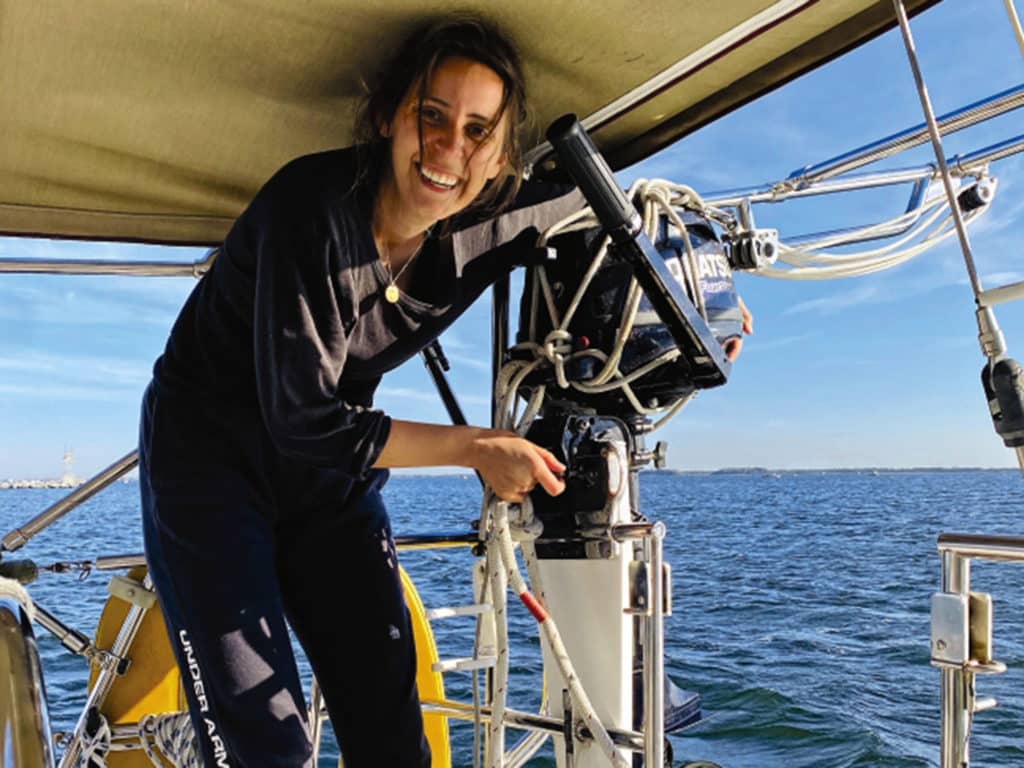
Fresh Flexibility
Experienced cruisers planning for the months ahead all referenced the value of flexibility. While crews with COVID vaccinations and deeper pockets can move more easily, there remains an element of unpredictability that’s necessary to accommodate.
Singlehander Cally Duncan is Caribbean-bound for the second time; her first cruise was pre-pandemic. “I expect my plans to be similar, with many stops. Since I’m likely to be on my own a lot, I won’t have the luxury of jumping a few hundred miles at a time.” Rolling with requirements along the way is part of the deal. She’s OK with the possibility of some quarantine time, should it be required. “As long as I can stay aboard my boat, Tala, there’s plenty of work to do,” she says.
Flexibility is cultivated by most cruisers; the pandemic reinforced this trait. Last year, Susan and Travis Ruse headed to the Bahamas for the first cruising season aboard their Privilège catamaran, Motu. “It seemed the rules and the openings and closings of island groups changed daily. We had many plans needing to be changed.” While they have hopes to stretch down to Grenada this year, Susan says: “We haven’t even made hard-fast plans for the Caribbean or really looked at what is open and closed yet. Things seem to shift so quickly.” This practical, one-island-at-a-time outlook is typical of many cruisers planning for 2022.
Some who found the whiplash of changing requirements to be frustrating have opted out; most are choosing to limit their range in favor of predictability. Karen Haver says, “If there is one thing that the past year has taught us, it is that plans need to be even more fluid than ever.”
More Newcomers
The makeup of the Salty Dawg’s Caribbean Rally is a bellwether for a surge in new cruisers plying Caribbean waters in 2022. Rally director Bob Osborn said that fully two-thirds of this season’s fleet (a typical size, with over 80 boats) were first-timers. That flip to the usual ratio of a majority of veteran sailors aligns with what many have discovered thanks to the pandemic: Getting on the water is a great way to feel liberated from the restrictions onshore.
Lydia Onimo and her family are among those making the leap to cruising. They tested the waters by living aboard a starter boat for most of 2021, then purchased a Beneteau 50 that suits the bigger plans for their family of five. She says, “By living aboard, we are able to achieve three things incredibly important to us: living a minimalist lifestyle close to nature, quenching our (kids included) growing thirst for adventure and understanding of other cultures, and most importantly, living a slow-paced lifestyle that centers on family and community.”
With location-independent work and home-school experience, she and husband Jon Schroeder already have a leg up on two key challenges many newcomers face. Learning the lifestyle and their boat through interisland sails in the Bahamas, they’re hoping to reach farther into the Caribbean as the season unfolds.
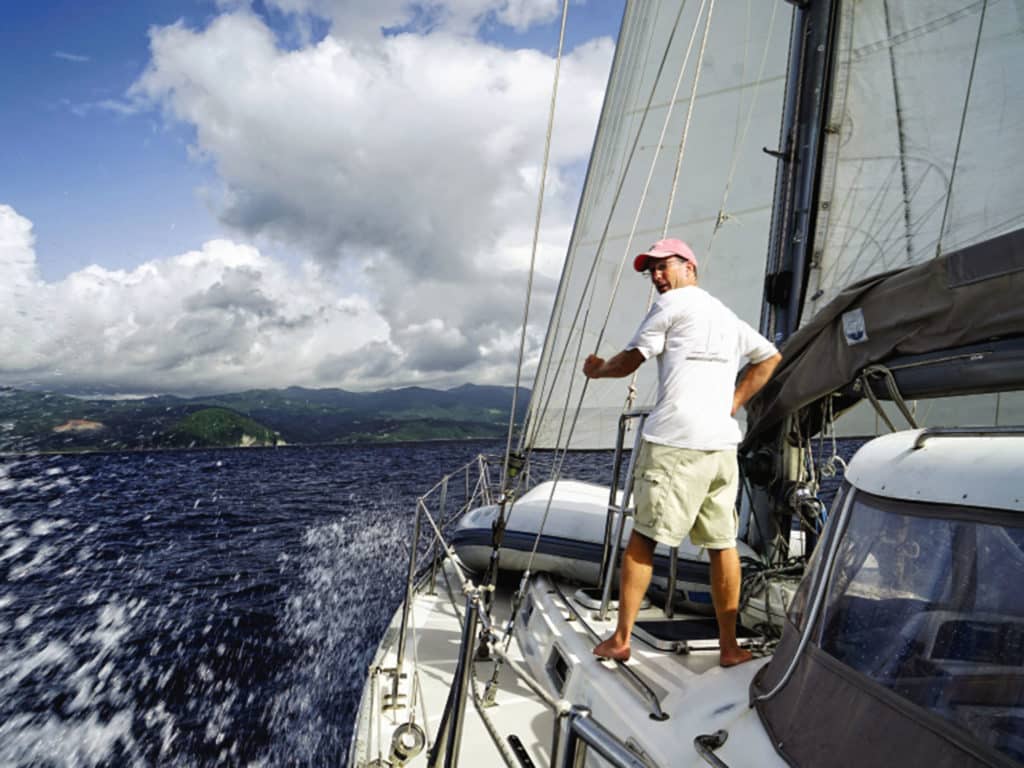
This trend fits with the pandemic’s shift for work and education to be centered online. Cruisers in locales where boats tend to accumulate at the end of a journey, such as Grenada and Guatemala’s Rio Dulce, noted the growing trend as sales picked up on languishing vessels. One observed a growth in power cruising among newcomers, who may have felt the learning curve of power to be less challenging than sailing.
Changing Exit Strategies
One of the biggest new trends in the Caribbean cruising scene is boats departing through the Panama Canal and sailing north rather than striking off across the Pacific, where islands remain largely closed. At press time, only Fiji and French Polynesia accepted applications to arrive—with no guarantees for accommodation. But from Panama north to Mexico there are only a few borders to clear, and most carry fewer restrictions. It’s an alternate migration path to hurricane-season safety without the hassle and fees of the islands.
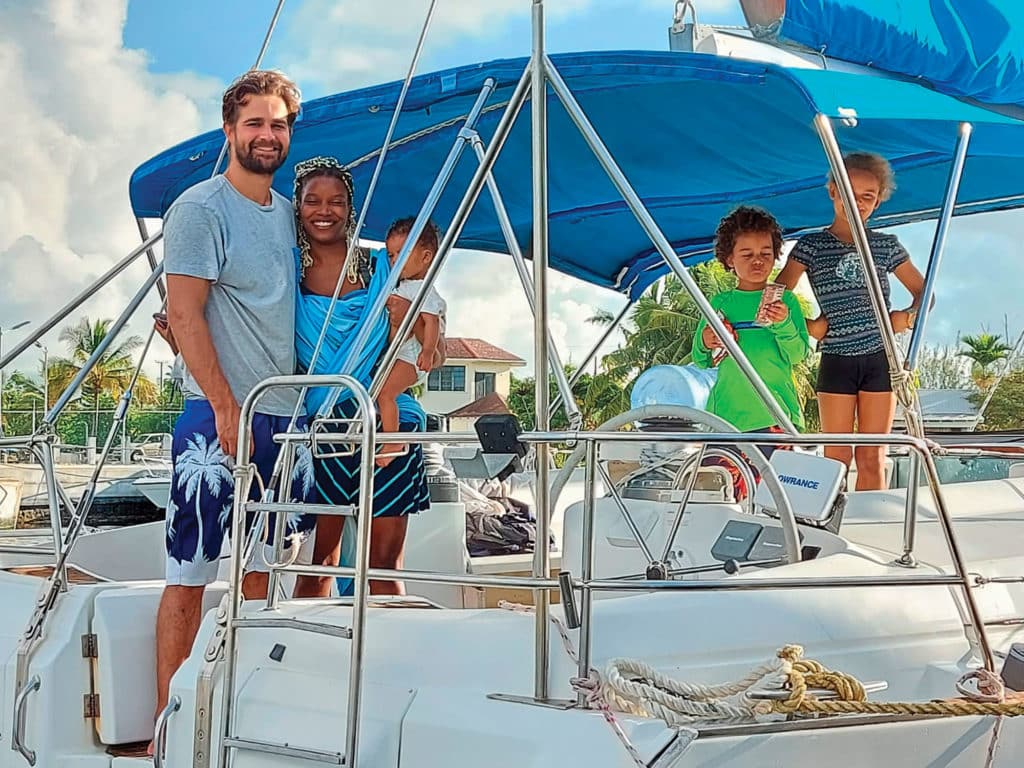
After a decade in the Caribbean and with miles under the keel of two successive Island Packets, Melissa and Dan Kenshalo are among those with plans to transit the canal and work their way slowly north. “We’re excited to get to new cruising grounds,” Melissa reports from Dancing on the Edge, their IP 485 at anchor in Panama’s Guna Yala. After exploring the Pearl Islands and Costa Rica, they plan to aim for Mexico.
For Those Who Go
If the past two winters have pressured people to retreat to safety, the seasons have also reminded us to enjoy our precious lives to the fullest. For those with the opportunity to escape aboard their floating magic carpets and who are considering sailing in the Caribbean, a few closing thoughts.
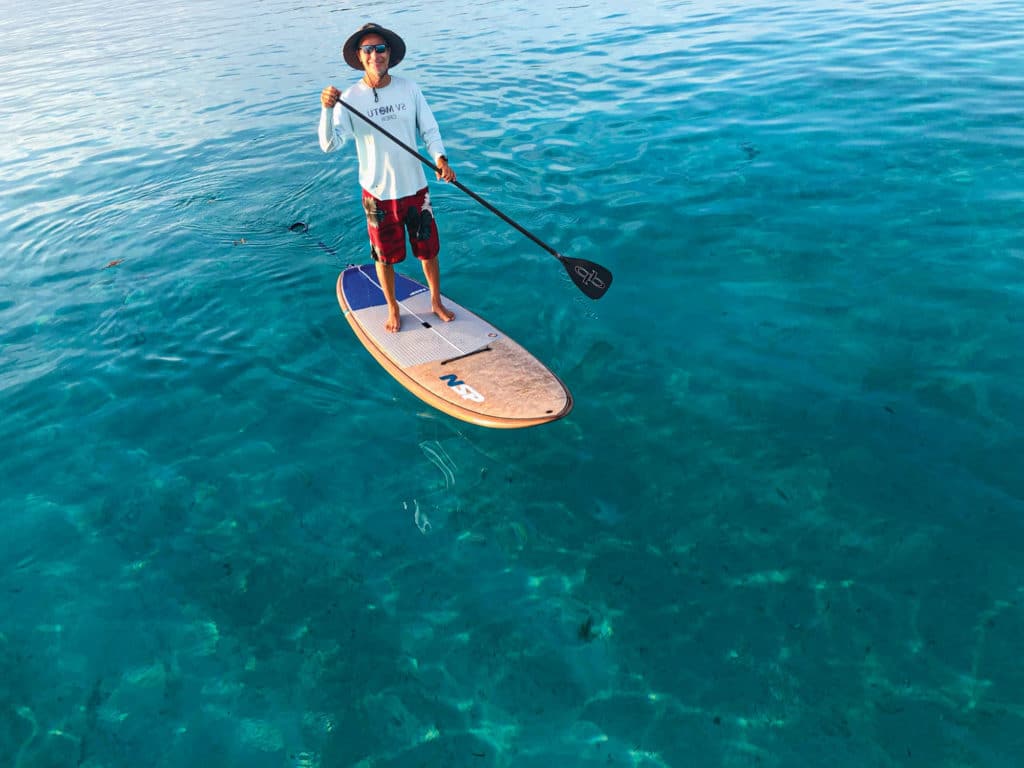
Our escape from winter might be an islander’s line to tug for another kind of liquidity. For those who go, consider how economically devastating the pandemic has been to many islands. Karen Haver’s emailed reminder resonates: “Patronize restaurants, shop locally, tip well, be kind, be patient, have fun, wear your mask, keep smiling, buy a useless trinket from the person on the beach. Rather than haggling on prices, overpay and tell them to keep the change; a few bucks likely will help someone a lot more than it will hurt you.”
Human adaptability and tenacity shine on both sides, but nothing shines brighter than kindness, and those we encounter now as we sail might need that more than ever.
Behan Gifford is presently in Puerto Peñasco, Mexico, where she and her husband, Jamie, are refitting their Stevens 47, Totem.








